Heeft de corona crisis mobiliteit veranderd?The mobility sector
- Mobility
- Coronavirus crisis
- Transformation
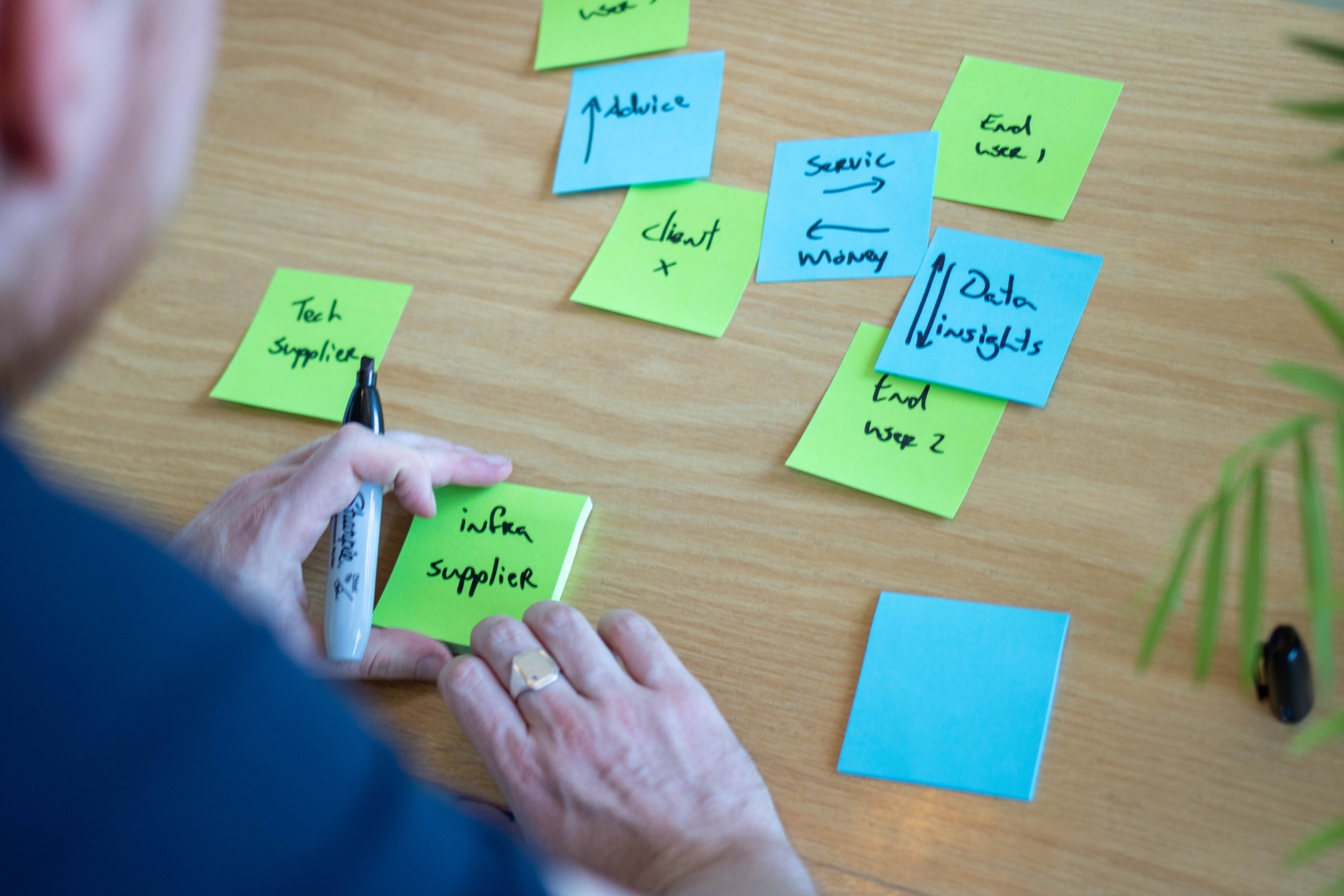
Menu

Aug 19, 2022
12 min

Rogier Stroband
De maritieme industrie omarmt technologische vooruitgang en data-gedreven werken om nieuwe kansen te benutten en uitdagingen aan te pakken. Ons blog belicht 5 trends die de sector transformeren naar een toekomst van transparantie, efficiëntie en veiligheid: blockchain, AR, VR, robotica, drones en AI. Ontdek hoe deze ontwikkelingen de maritieme sector ingrijpend zullen veranderen.
Voor een succesvolle energietransitie in de maritieme sector is het cruciaal om industriële productieprocessen te elektrificeren en fossiele brandstoffen te vervangen door duurzamere alternatieven. In dit opzicht bieden grootschalige elektrificatie en het gebruik van waterstof opwindende perspectieven.
In Nederland en op de Noordzee wordt momenteel hard gewerkt aan de opschaling van groene windenergie, met als doel grootschalige elektrificatie van cruciale faciliteiten, waaronder het Haven Industrieel Complex (HIC) in Rotterdam. Tegelijkertijd worden innovatieve technieken ontwikkeld om waterstof te produceren en te combineren met andere moleculen, zoals CO2, CO en stikstof, met behulp van elektronen. Deze revolutionaire conversietechnieken openen ongekende mogelijkheden voor een industrieel gebied zoals de Rotterdamse haven. Hier fungeert het industriële complex niet alleen als een energiebron, maar ook als een buffer in periodes van overvloedige windenergie.
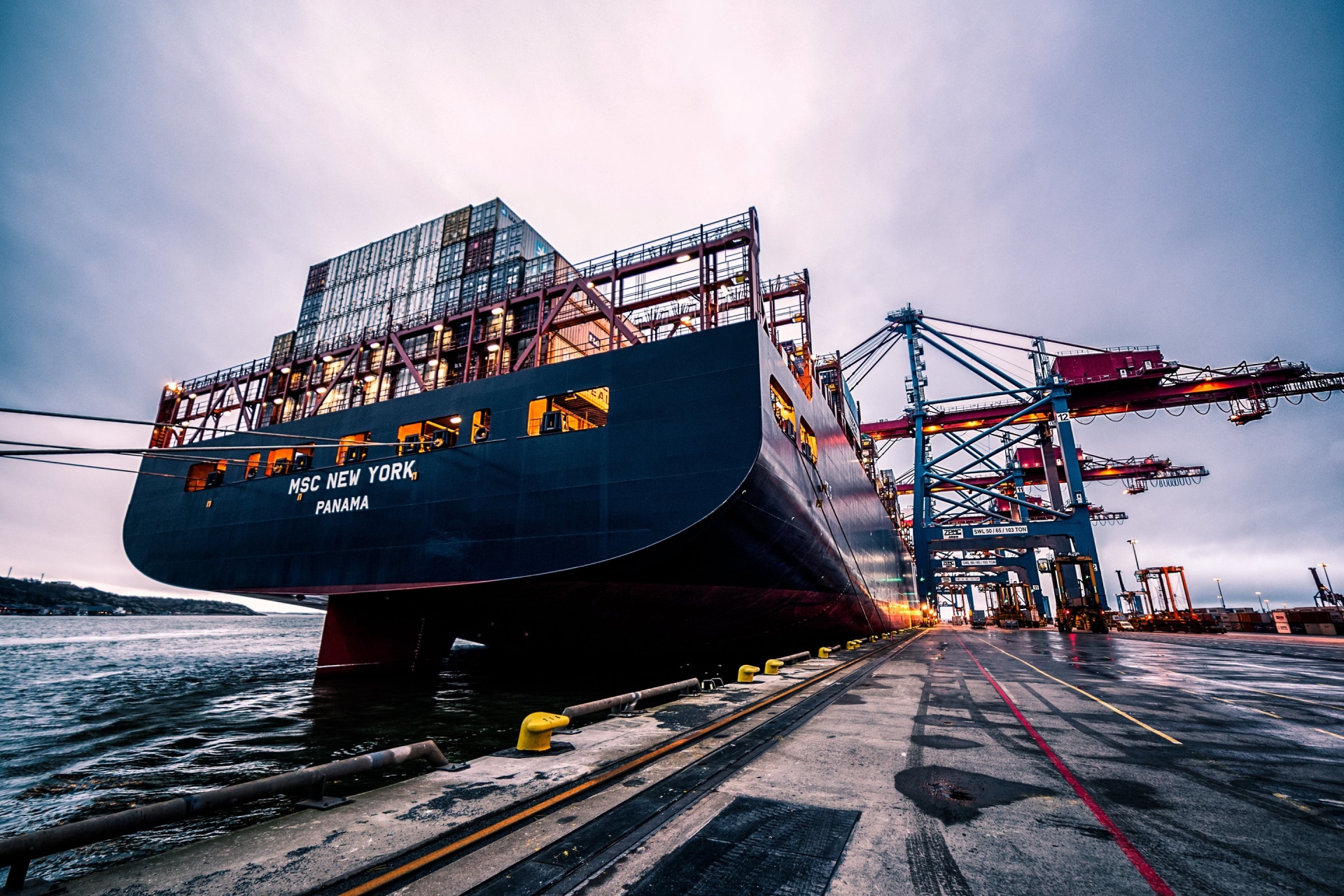
Door schepen en havenapparatuur ‘connected’ te maken door middel van het Internet of Things (IoT) en het gebruik van sensoren, kunnen verschillende soorten data verzameld worden. Data waarmee de gezondheid van een schip gemonitord kan worden en potentiële storingen voorspeld kunnen worden, zelfs nog voordat ze gebeuren.
Voorspellend onderhoud door middel van nieuwe technologieën is dan ook een belangrijke ontwikkeling in de industrie omdat het niet alleen ongeplande downtime reduceert, maar ook de algehele efficiëntie van je keten behoorlijk verbetert.
De mogelijkheden die deze vorm van dataverzameling biedt zijn eindeloos. Denk bijvoorbeeld aan het optimaliseren van scheepsroutes, waarmee je efficiënter kan varen en het brandstofverbruik kan reduceren. En ook aankomst- en vertrektijden zijn nauwkeuriger te voorspellen. Met een positief effect op de aansluitende logistieke keten van bijvoorbeeld een spoorwegnet of het logistieke proces in een haven.

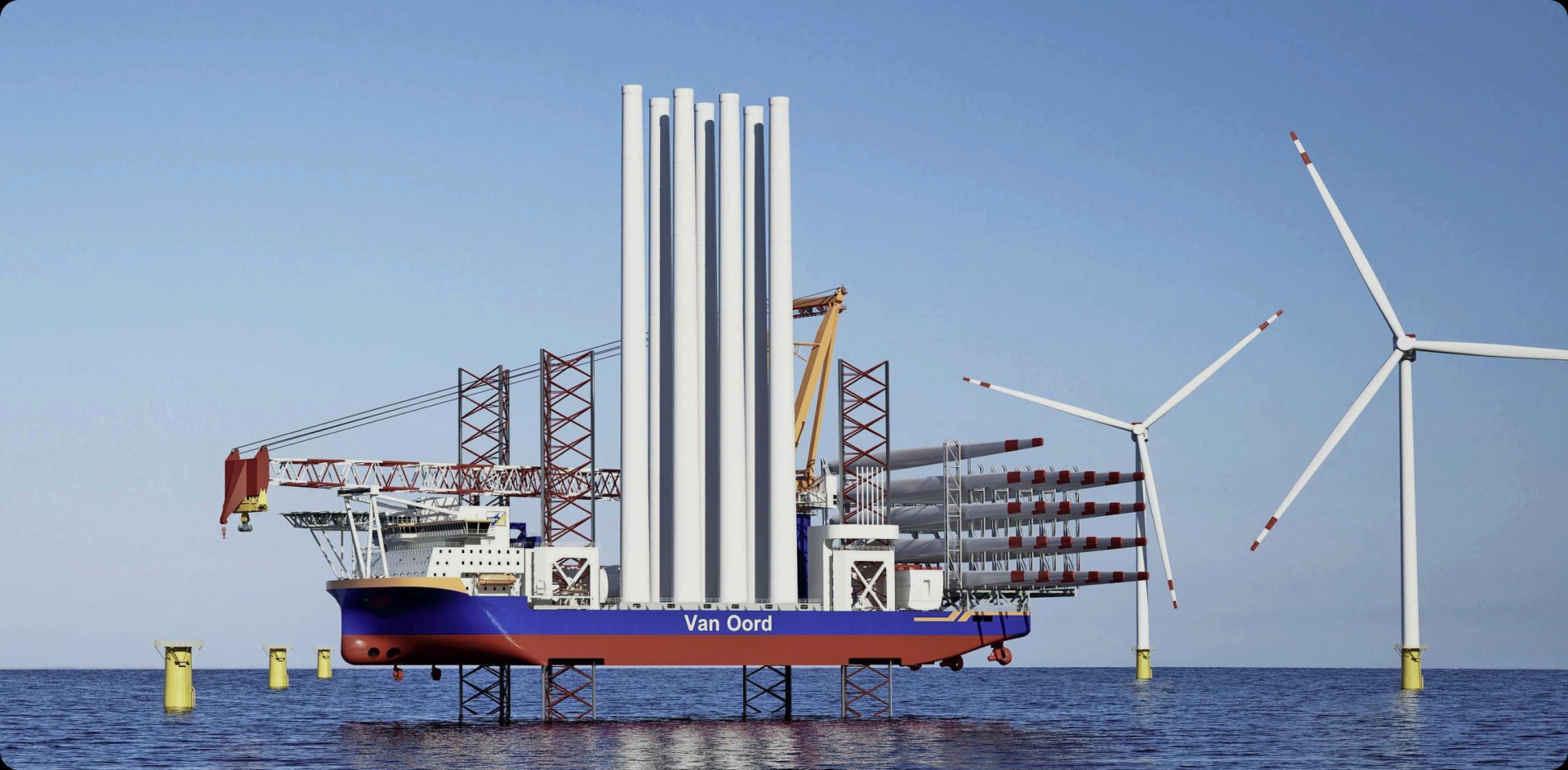
Augmented- (AR) en Virtual Reality (VR) beginnen ook hun intrede in de maritieme sector te maken. Met name op het gebied van onderhoud, remote assistance en training.
AR-technologie heeft de potentie om de sector te helpen bij het overwinnen van uitdagingen op het gebied van duurzaamheid en efficiëntie, door middel van bijvoorbeeld remote assistentie. Hiermee kunnen problemen op afstand worden geanalyseerd door techneuten, zelfs als een schip zich midden op zee bevindt. Dit stelt de medewerkers aan boord in staat om overal instructies te ontvangen en reparaties uit te voeren, waardoor de downtime aanzienlijk vermindert en de operationele efficiëntie verhoogt wordt.
Een ander belangrijk voordeel zijn de trainingsmogelijkheden. Vaak wordt er gewerkt op afgelegen locaties en VR en AR maken het mogelijk om real-time training te bieden met behulp van beelden, pdf-bestanden en 3D-modellen. Deze training is effectiever dan traditionele methoden en bereidt medewerkers voor op onverwachte situaties. Het stelt hen in staat om complexe situaties te simuleren en zich voor te bereiden op directe interventies.

Robots en drones zijn technologieën die in toenemende mate in verschillende industrieën worden toegepast, waaronder de maak-, agrarische- en bouwsector, waar drones worden gebruikt om bruggen en gebouwen te inspecteren of grote oppervlakten land of fysieke structuren in kaart brengen.
In de maritieme sector hebben ze echter ook een groot potentieel. Robots en drones kunnen namelijk moeilijk bereikbare of gevaarlijke gebieden bereiken en verkennen. Dit verbetert niet alleen de veiligheid van bemanningsleden, maar kan ook aanzienlijke kostenbesparingen met zich meebrengen. Gerobotiseerde inspecties bieden zo een geheel nieuwe benadering van het waarborgen van de veiligheid en efficiëntie.
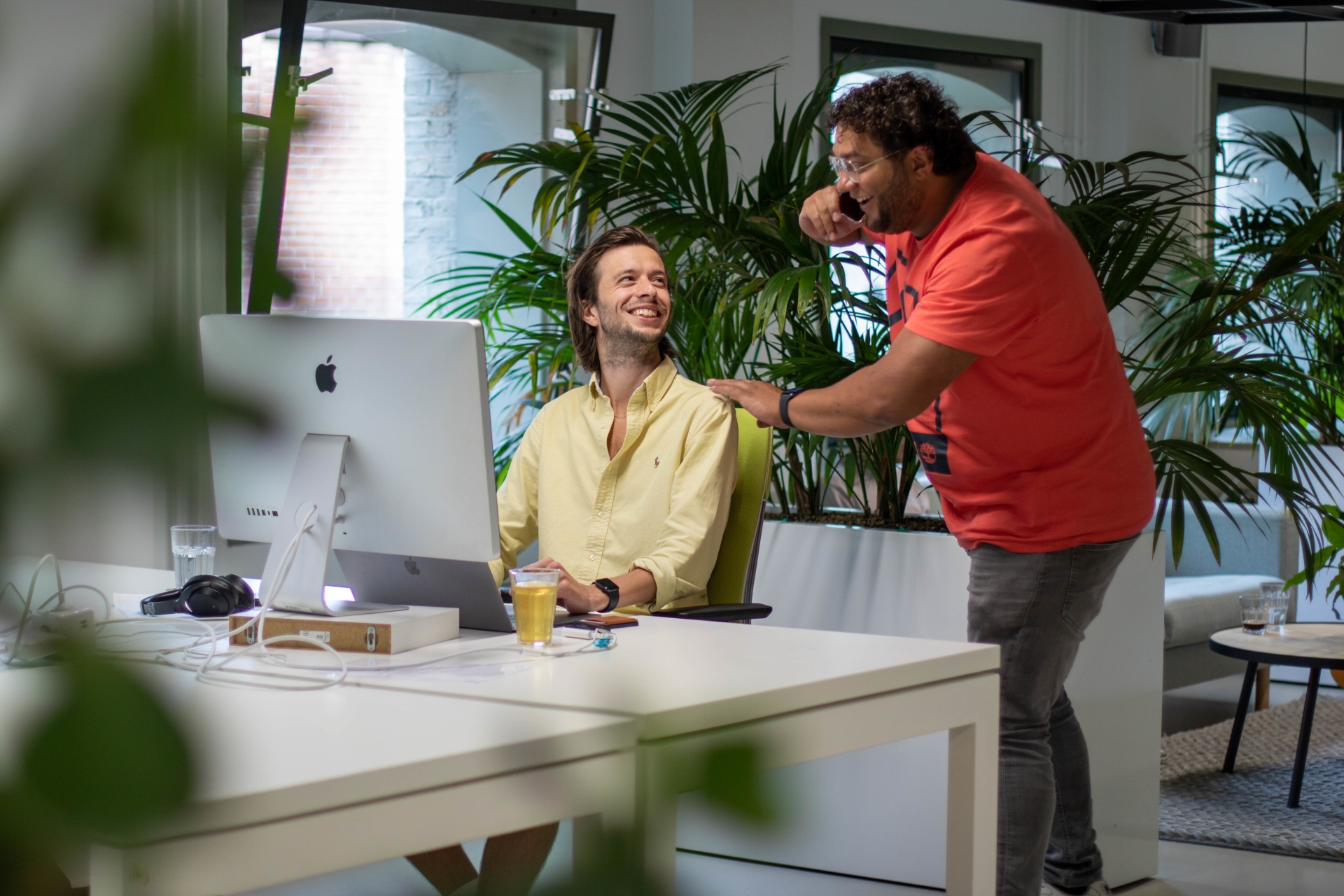

Maar de meest veelbelovende trend in digitale ontwikkelingen, is toch wel kunstmatige intelligentie (AI). AI wordt steeds vaker geïntegreerd in de maritieme sector en levert op diverse fronten aanzienlijke voordelen.
Het speelt een cruciale rol in zaken als gezondheid en veiligheid, optimalisatie van brandstofverbruik en zelfs beeldherkenning voor snellere detectie van gevaren op zee. Het is belangrijk om te benadrukken dat AI geen verre toekomstdroom is. Het is hier en biedt nu al tastbare voordelen voor bedrijven die serieus werk maken van hun digitale transformatie.
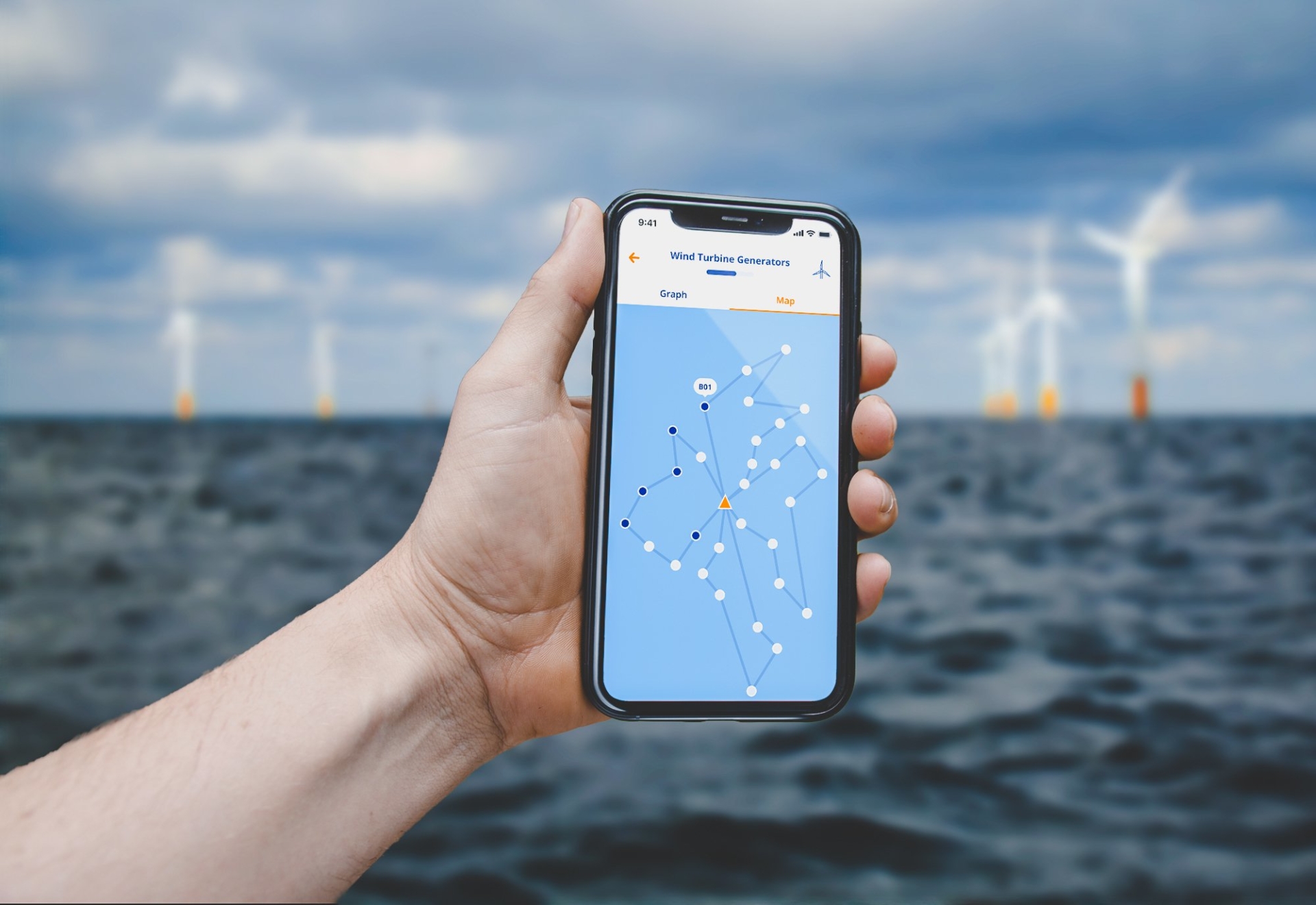
Bij Label A begrijpen we de behoeften van de maritieme sector als het gaat om digitale transformatie en AI. We kunnen voor jou een platform of app ontwikkelen die de data van verschillende bronnen samenbrengt voor het optimaliseren van een logistiek proces of voorspellend onderhoud. En je ook helpen met data- en klantgedreven inzichten om een nieuwe digitale dienst te ontwikkelen of een bestaande oplossing te optimaliseren. Of het nu gaat om het efficiënter maken van je processen of het veiliger maken van je vloot, we staan klaar om je te ondersteunen. Samen kunnen we je organisatie grote stappen laten zetten en je digitale transformatie tot een succes maken.
Dat hebben we al eerder gedaan voor andere mooie klanten, zoals Van Oord, DPD en Greenwheels. Benieuwd naar onze mooie oplossingen? Bekijk dan al onze cases.
Wil je weten hoe Label A je kan helpen bij het optimaal benutten van de vele mogelijkheden van digitale transformatie en informatievoorziening? Dan leren wij je graag kennen! Meer weten over onze diensten en oplossingen? Neem dan contact op met Rogier Stroband.

Rogier Stroband
Commercial Director

